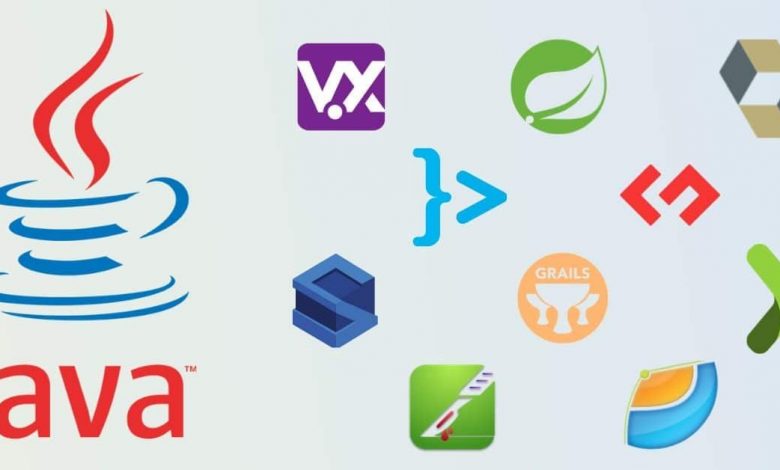The 3 Most Important Frameworks and Tools for Java Developers

These two figures alone offer a good picture of the extent to which Java has been adopted: 12 million active Java developers and over 3 billion Java-enabled devices throughout the globe.
The Java Virtual Machine (JVM) and the Java programming language form an ecosystem (JVM). The success of the Java ecosystem may be attributed to the success of Java frameworks.
But what are Java frameworks, and how do they differ from one another?
There are pre-made Java frameworks available for developers and programmers to utilize instead of having to spend time writing them from scratch.
Java frameworks allow for rapid and cost-effective application development because to the underlying notion of WORA, write once, run anywhere, which is the foundation of Java’s architecture.
So, let’s have a look at the top three Java frameworks as determined by our Java development company!
- To begin with, there is the Spring Framework, a Java business software framework.
Spring has consistently topped every ranking of the most popular Java frameworks, and this year’s results show little sign of it changing.
Models like Spring MVC and Core, Spring Boot, SpringTransaction, springCloud and springCloud Data Flow are just some of the components that you may utilize to build your application.
Complex, high-performance web applications may be built with the help of Spring. Spring is a very useful tool for J2EE application development of any kind (Java Enterprise Edition). Both Kotlin and Groovy are supported by Spring in addition to Java, which runs on the Java Virtual Machine.
So it’s a huge and complicated framework since it tries to cover all the bases when it comes to business applications. As a result, Spring isn’t a great fit for tiny projects or apps with limited capabilities.
The good and bad things about spring.
-
- large and vibrant programming community
- Documentation that is both thorough and complete.
- Allows you to build clean and understandable code thanks to modularity.
AGAINST
-
- For those who are just getting started, it might be a challenge.
- Database access and communication using Hibernate, an ORM framework.
To make it easier to integrate OOP (Object-Oriented Programming) systems with relational databases, Hibernate is a framework for object-to-relational mapping (RDBMS).
As a result, data mismatches are possible when using object-oriented programming languages like Java with relational databases (so-called object-relational impedance mismatch or paradigm mismatch).
By mapping objects and classes to their proper database columns, Hibernate was designed in order to alleviate the issue of mismatches. In addition to supporting NoSQL databases, the Hibernate framework may also be used with relational databases. It is also possible to scale Hibernate independent of the size of the app or its number of users.
If you’re dealing with complicated ecosystems that demand perfect data flows, Hibernate is a high-quality framework that you can rely on to manage the movement of data between two incompatible systems. Hibernate is a Java-only feature.
Hibernate ORM, Hibernate Search, Hibernate OGM, and Hibernate Tools are some of the most important parts of Hibernate.
-
- Using the sleep mode has its advantages and disadvantages.
- Scalability
- Customizable Database-independent solutions are easy to implement
AGAINST
-
- Getting back up and running after a power outage may be quite frustrating.
- Data quality is a concern.
- Groovy-based Java framework Grails.
Grails is an open source Java framework for online applications based on the Groovy programming language that is built on top of Spring Boot. If you’re familiar with Java, Groove’s encoding style is quite similar, and it can be used with the Java Virtual Machine.
A wide range of applications, including CMS, RESTful web services, and e-commerce, may be built using the Grails framework.
Spring, Hibernate, Quartz, Java EE containers and the Java Development Kit (JDK) may all be used with Grails without any issues. You may also construct JavaScript apps using this framework, which is also compatible with React and Angular.
Many plug-ins produced by the Grails developers and maintained by the community make it easy to get help with Grails.
Grails: pros and disadvantages
-
- There are a lot of plugins.
- Quite simple to set up and utilize
- a large and thriving neighborhood
AGAINST
-
- The execution language must be used.
Read Next: Unable to Connect to EA Servers: Battlefield 2042 Error



